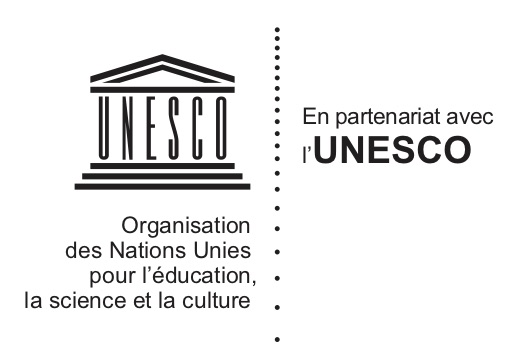Illicit excavation/fouille illicite
Tête égyptienne fragmentaire – Musée d’ethnographie de Neuchâtel et Service des antiquités de l’Egypte
En 1926, l’archéologue Gustave Jéquier, collaborateur du Musée ethnographique de Neuchâtel, obtient en négociant avec le Service des antiquités d’Egypte, divers objets égyptiens précieux en échange d’une tête monumentale fragmentaire découverte et ramenée d’Egypte la même année. Cette tête est alors retournée au Musée égyptien du Caire.
Three Nok and Sokoto Sculptures – Nigeria and France
The French government bought three Nok and Sokoto sculptures from a private dealer in 1998. Soon after it obtained the consent of Nigeria on the acquisition, two of these sculptures were exhibited in the newly opened Pavillon des Sessions of the Louvre Museum.
Troy Gold – Turkey and the University of Pennsylvania Museum of Archaeology and Anthropology
In September 2012, the University of Pennsylvania Museum of Archaeology and Anthropology decided to loan indefinitely to Turkey a collection of antique jewelry that the Museum had acquired in 1966. The collection was probably illicitly excavated in Troy, a city in Northwest Turkey. In return, Turkey agreed to provide the Museum important loans and further collaboration in the field of archaeology.
Weary Herakles – Turkey and Museum of Fine Arts Boston
The “Weary Herakles” is a Roman marble statue that was excavated in 1980 in Perge, Turkey. In 1981, the Museum of Fine Arts Boston acquired a half-interest in the upper part of the sculpture, while the other half-interest was owned by collectors Leon Levy and Shelby White.
Document Actions










